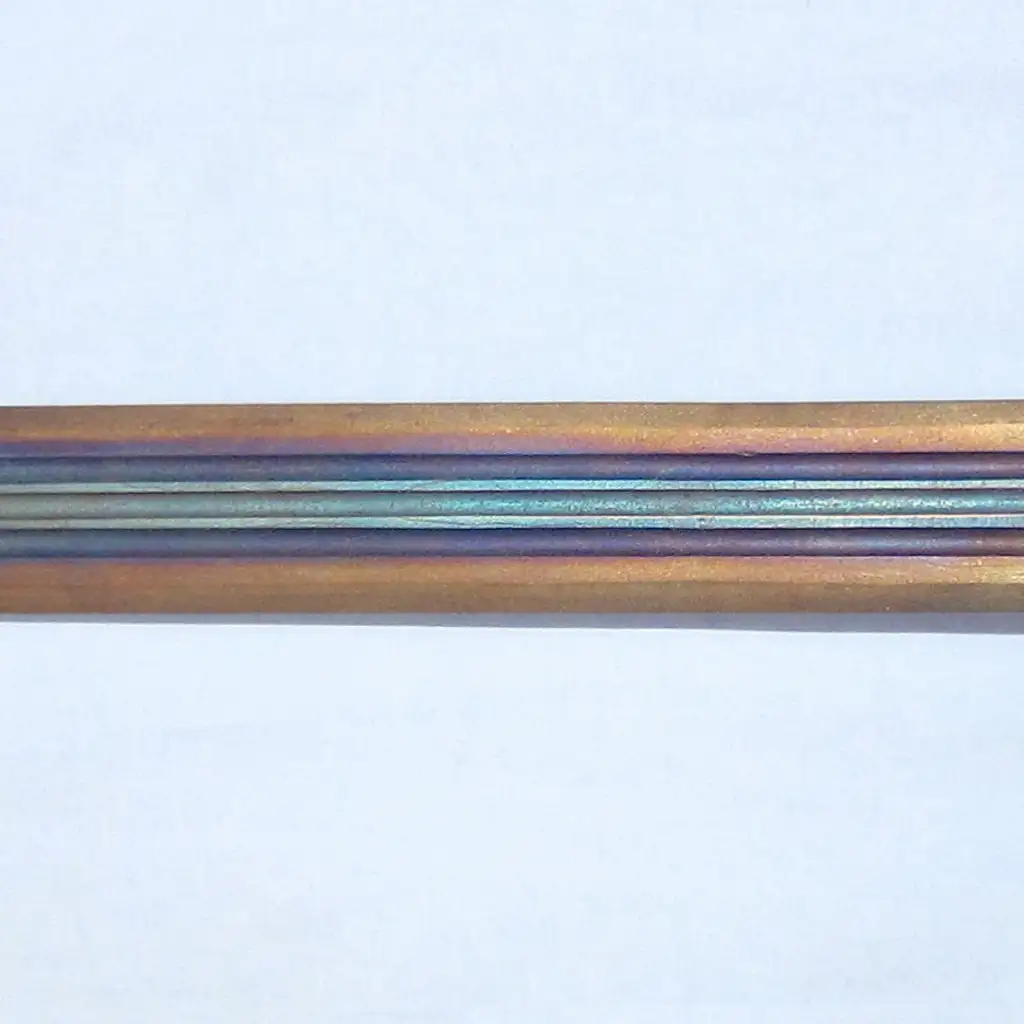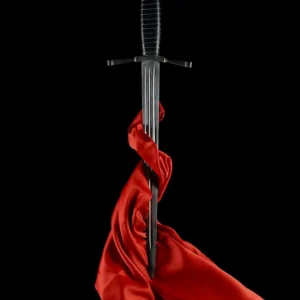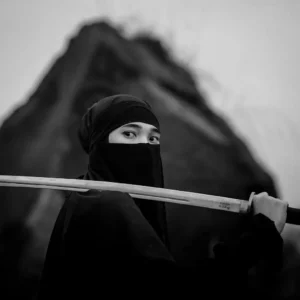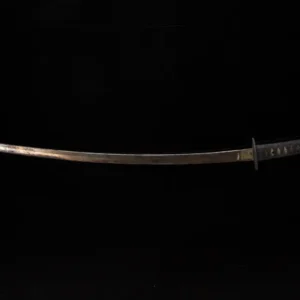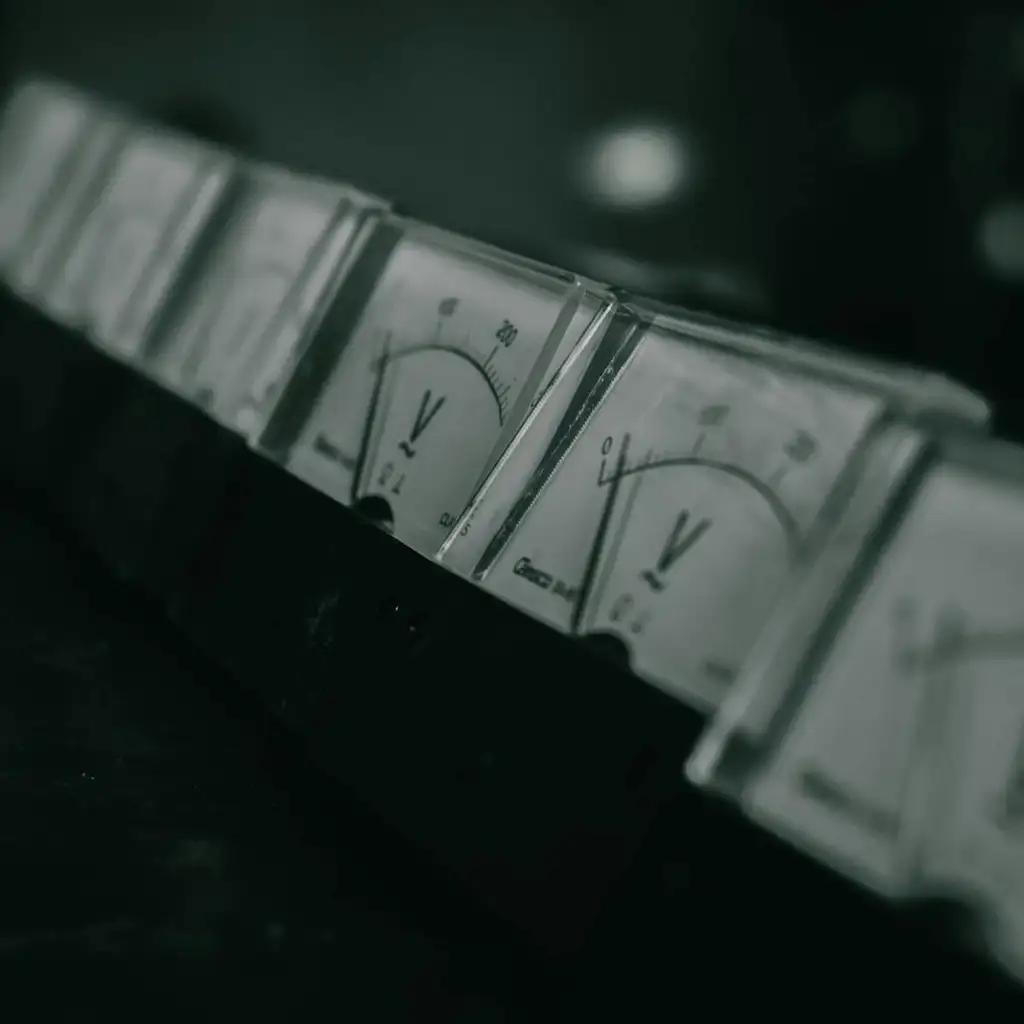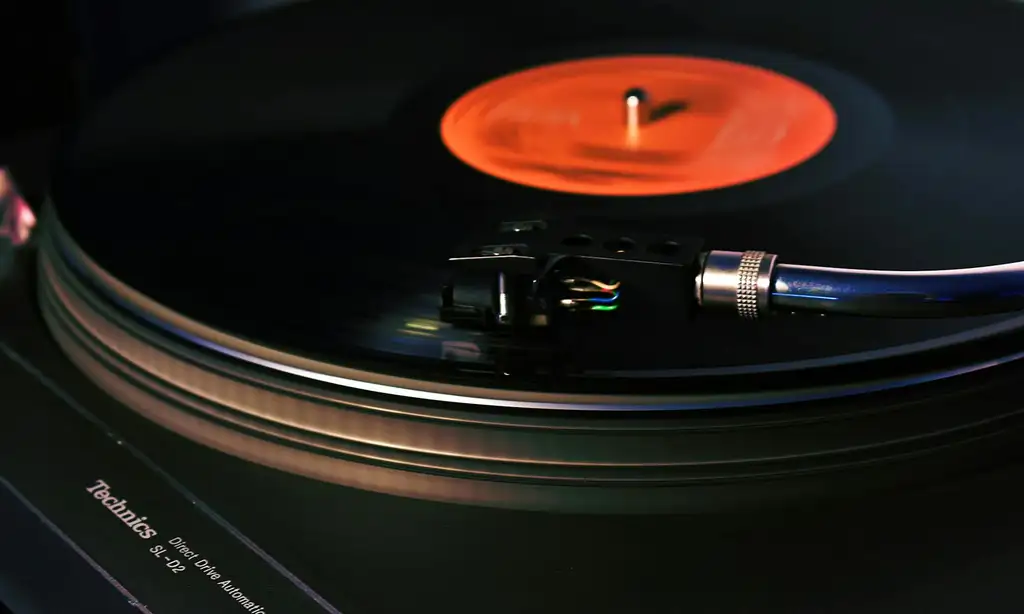In the realm of weaponry, there’s a lighthearted adage: “A sword is not an axe.” While this may seem self-evident, it underscores the distinct purpose and design of a battle-ready sword. If your goal is to clear brush or chop wood, an axe is the appropriate tool. A sword, however, is meticulously crafted for a different kind of engagement.
The notion of a “battle-ready” sword often prompts curiosity. What precisely does it mean for a sword to be battle-ready? How does it differ from a sword used in stage combat? This article seeks to demystify these queries by examining the defining characteristics of a battle-ready sword.
Defining Battle-Ready Swords
The term “battle-ready” lacks a formal industry definition, similar to terms like “special forces” or “best-seller.” Nonetheless, there are widely accepted criteria that these swords must fulfill. A fundamental aspect of a battle-ready sword is its construction from high-carbon steel. Unlike stainless steel, which is prone to shattering, high-carbon steel offers the resilience required for combat situations.
Tempering and Flexibility
Tempering is a vital process that involves heat-treating the sword to achieve a harmonious balance of flexibility and hardness. The sword’s exterior must be hard to maintain a sharp edge, while the interior should be flexible enough to absorb impact without fracturing. This balance mirrors the Taoist philosophy of flexibility, where excessive rigidity can lead to breakage under stress.
The Role of the Tang
The tang is the section of the sword that connects the blade to the handle. A full tang, where the blade and tang are a single piece of steel, is crucial for a battle-ready sword. This design ensures durability and prevents the tang from snapping off during use, unlike welded tangs which are more susceptible to failure.
Achieving the Right Balance
Balance in a sword is subjective and varies according to individual preference. Some may prefer a forward-weighted sword for delivering powerful strikes, while others might favor a balance point closer to the guard for enhanced agility. Regardless of preference, a well-balanced sword is essential for effective use in combat.
Despite their sturdy construction, battle-ready swords are not intended for indiscriminate use. They are designed for skilled swordsmen who comprehend their weapon’s capabilities and limitations. Unlike stage combat swords, which are crafted to endure sword-on-sword contact for theatrical purposes, battle-ready swords are not meant for such treatment.
Notable Examples of Battle-Ready Swords
Here are a few examples of battle-ready swords that embody these principles:
- Medieval Knight Protector’s Arming Sword
- Roman Gladius Type III with Double Loop Scabbard
- Deathbringer: Hand-and-a-Half Mercenary Sword
- Roman Gladius Vesparum: Wasp-waisted Roman Gladius
These swords are crafted with precision and care, ensuring they meet the rigorous demands of battle readiness. For those interested in exploring more options, numerous other battle-ready swords are available, each with its unique characteristics and historical significance.
